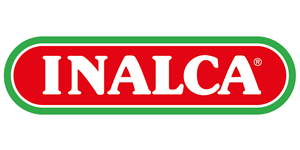Greenhouse gas emissions in US beef production can be reduced by up to 30% with the adoption of selected mitigation measures

Greenhouse gas (GHG) emissions from beef production in the U.S. are highly variable across different regions and stages of the supply chain, making targeted mitigation difficult. Using spatial life cycle assessment methods, researchers have quantified emissions and identified 42 practices that could reduce GHGs by up to 30%. The grazing stage presents the largest opportunities for reduction, although mitigation varies regionally. If widely adopted, these practices could reduce 20 million tonnes of CO2e and sequester 58 million tonnes annually. The study highlights the need for large-scale adoption of practices across the entire supply chain and suggests that certain locations offer higher mitigation potential. Despite recent efficiency gains, the beef industry remains responsible for 201 million tonnes of GHG emissions annually, about 3.3% of U.S. emissions. The findings offer a framework to prioritize interventions in different regions, helping meet climate action goals. Read the full article on Nature Food.

















